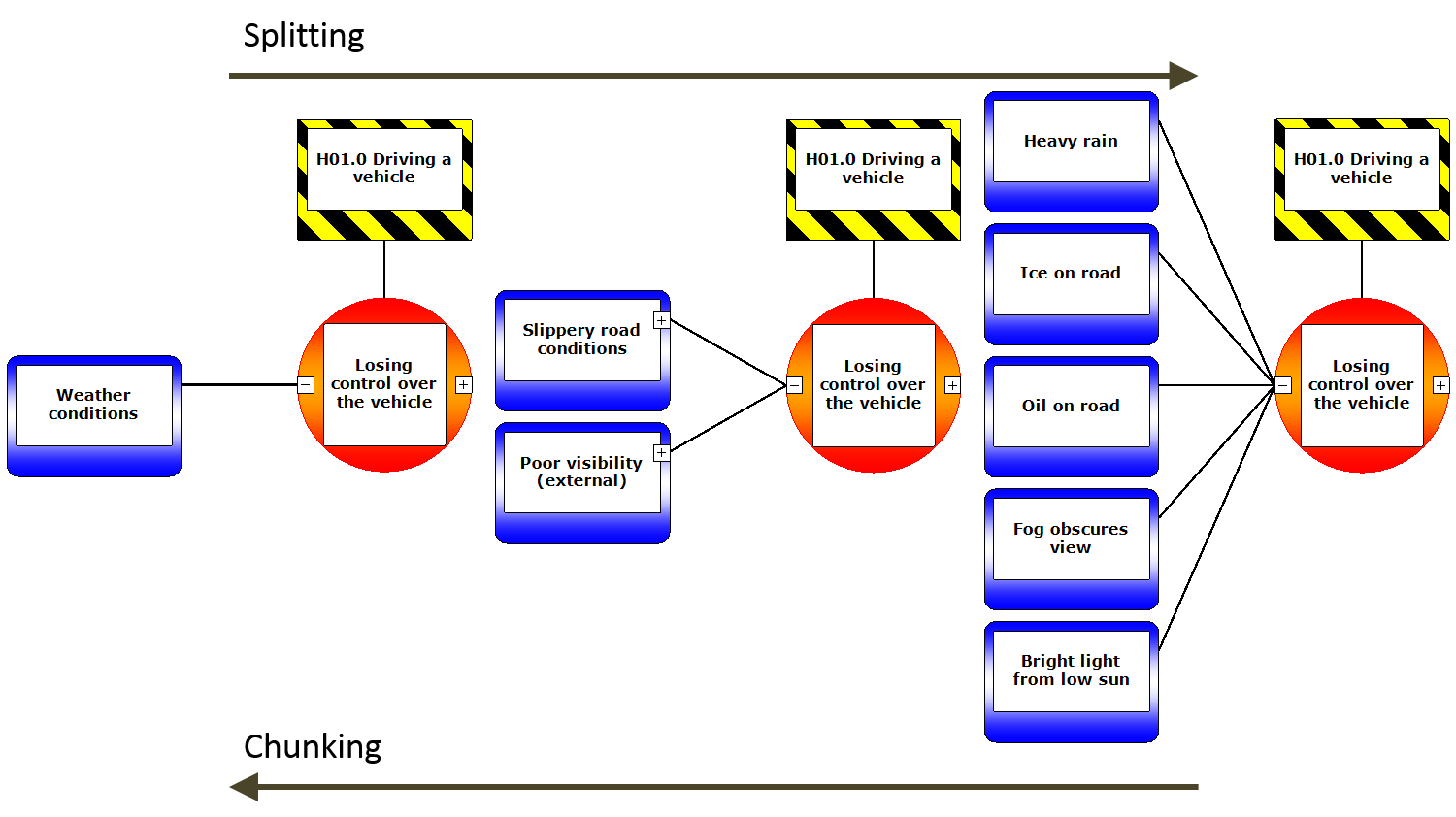Your bowtie is too generic

If I could give one piece of advice to a novice bowtie analyst, it would be to include more specific information. Most risk assessments are too generic at first. This is true not just for bowties. It happens in FMEA, HAZID and other methods as well. It's important to get past this initial tendency that people have to describe things on a high level. Getting stuck there can give the impression of being thorough, whithout actually being thorough.
It's also possible to take it too far in the other direction. There is a middle ground between too generic and too specific. However it's less common for people to be too specific, because being really specific is a lot of work.
So we're left with a search for the middle ground. Where that is exactly depends largely on what the bowtie is trying to achieve, and who the audience is. Management has a different information need (usually more high level), than operations (specific to what they do daily), or design (more technical details).
Splitting and Chunking
One of the core skills involved in making a good bowtie (and probably just about any analysis) relies on being able to split or chunk a concept to find that middle ground. Splitting means taking a higher level concept and splitting it out into more detail, whereas chunking means grouping related elements together and describing them all at a higher level.

Usually it's a good idea to be specific first, and then chunk things together. That way, the chance to overlook something is smaller, and the details can be included as background information.
However it also happens that you do a first pass, and after some discussion figure out that you need to split something out in more detail. So you need to be comfortable going in both directions.
This process occurs on all elements of the bowtie (the example above just shows it for threats). From the hazard (is it 'Working at height', or do we split it into 'Person working at height' and 'Tools at height') to the barrier (do we say 'Personal protective equipment' or do we split it into more specific categories of PPE like 'Eye protection' or 'Proper footwear').
It might be one of the most difficult and important skills to have as an analyst. So next time you're tempted to put in a barrier called procedure, try looking up what the actual procedure is called. Even better, think about what the effect of that procedure is in operations, and describe that.
